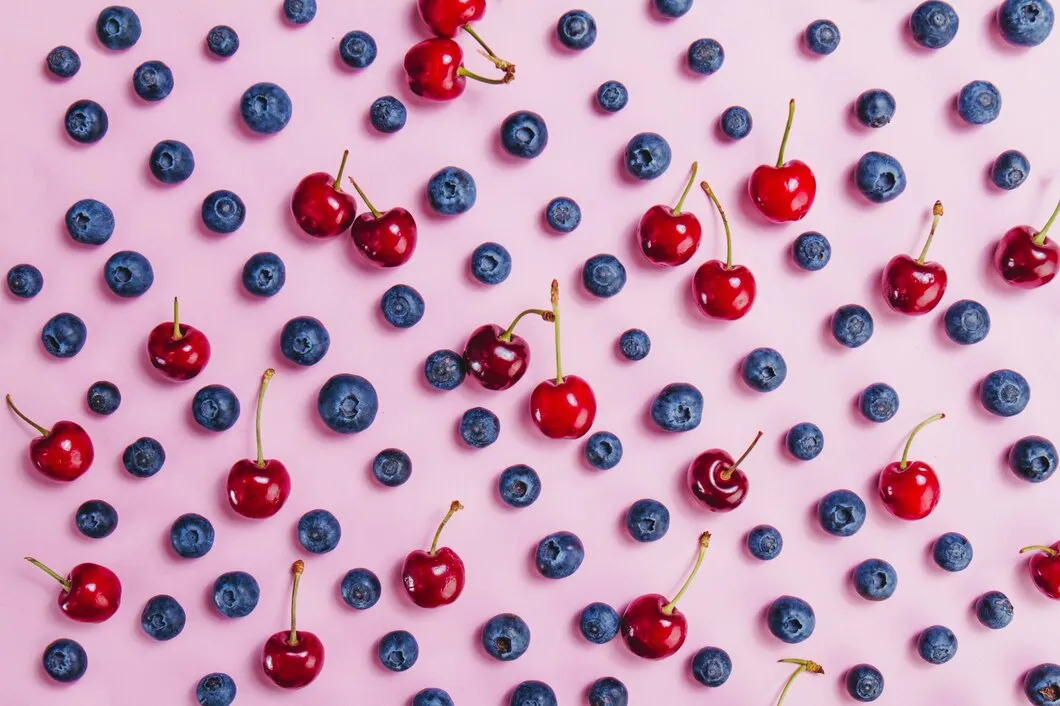
Luigi Catalano - Agrimeca / Civi Italia (IT)
Cherry Times Scientific and Technical Committee
Some considerations on how to better qualify varietal innovation through breeding certification programs for a new sustainable and competitive cherry crop.
Always considered a minor species among stone fruits, cherry cultivation has been undergoing a major technical revolution in recent years involving canopy management and breeding systems with a wide range of new rootstocks and varieties proposed.
Higher planting densities, 2D hedge training systems, plant cover, weak rootstocks and a range of new varieties covering an 8-week harvest calendar characterize innovation in cherry cultivation.
The nursery industry has not been unprepared to meet this challenge. There are now specialized nurseries offering a wide range of rootstocks and holding propagation rights to the new varieties, all of which are protected by plant breeding rights.
Among the stone fruit species regulated by EU legislation on the multiplication, marketing and certification of nursery production, the cherry tree is the one that guarantees the absence of the greatest number of harmful organisms: 22 viruses, 2 phytoplasmas, 4 bacteria, 4 fungi, as well as nematodes and insects.
For nurseries that want to qualify their production more by joining the voluntary genetic-health certification scheme, the availability of starting propagation materials (Pre-basics) of new varieties, which meet the required phytosanitary requirements, is reduced.
Many nurseries, after purchasing the concession for a protected variety, initiate the procedures for its inclusion in the voluntary certification scheme.
Increasingly, the diagnostic techniques used to constitute the primary sources of new varieties to be enrolled in the certification scheme, whether woody indexing or more advanced and sensitive biomolecular techniques (PCR, RT-PCR, HTS - High-troughput sequencing, etc.), show the presence of viral entities - not only those provided for in the technical standards - already in the original materials received from the breeder or publisher in charge of managing the protected variety.
In some cases, harmful organisms-whose danger to the crop is yet to be ascertained and demonstrated-regulated organisms are also present, of which the nurseryman must guarantee the absence in the plants sold to fruit growers, assuming full responsibility.
It should be remembered that EU regulations also require breeders to produce new genotypes, which then become varieties, free of regulated pests. Therefore, greater consideration of phytosanitary aspects is needed right from the selection of parents for crosses and in the subsequent selection stages.
Before filling out the list of harmful organisms, it would be the case that these r
Cherry tree - harmful organisms recognized by voluntary certification scheme QVI - Quality Nursery Italy
Harmful organism/pathology
| Sigal | Codice EPPO |
|---|
VIRUS |
|
|
| American plum line pattern virus | APLPV | APLPV0 |
| Peach mosaic virus | PcMV | PCMV00 |
| Little cherry virus 1 | LChV1 | LCHV10 |
| Little cherry virus 2 | LChV2 | LCHV20 |
| Tomato ringspot virus | ToRSV | TORSV0 |
| Cherry rasp leaf virus | CRLV | CRLV00 |
| Plum pox virus | PPV | PPV000 |
| Prune dwarf virus | PDV | PDV000 |
| Prunus necrotic ringspot virus | PNRSV | PNRSV0 |
| Apple mosaic virus | ApMV | APMV00 |
| Apple chlorotic leaf spot virus | ACLSV | ACLSV0 |
| Cherry leaf roll virus | CLRV | CLRV00 |
| Cherry necrotic rusty mottle virus | CNRMV | CRNRM0 |
| Cherry mottle leaf virus | CMLV | CMLV00 |
| Arabis mosaic virus | ArMV | ARMV00 |
| Raspberry ringspot virus | RpRSV | RPRSV0 |
| Strawberry latent ringspot virus | SLRSV | SLRSV0 |
| Tomato black ring virus | TBRV | TBRV00 |
| Cherry green ring mottle virus | CGRMV | CGRMV0 |
| Cherry twisted leaf associated virus | CTLaV | CTLAV0 |
| Plum bark necrosis stem pitting-associated virus | PBNSPaV | PBNSPaV |
PHYTOPLASMA |
|
|
| ‘Ca. Phytoplasma prunorum’ |
| PHYPPR |
| ‘Ca. Phytoplasma pruni’ |
| PHYPPN |
BACTERIA |
|
|
| Xanthomonas arboricola pv. pruni |
| XANTPR |
| Xylella fastidiosa |
| XYLEFA |
| Agrobacterium tumefaciens |
| AGRBTU |
| Pseudomonas syringae pv. morsprunorum |
| PSDMMP |
NEMATODES |
|
|
| Pratylenchus vulnus |
| PRATVU |
| Pratylenchus penetrans |
| PRATPE |
| Meloidogyne javanica |
| MELGJA |
| Meloidogyne arenaria |
| MELGAR |
| Meloidogyne incognita |
| MELGIN |
| Xiphinema rivesi |
| XIPHRI |
| Meloidogyne hapla |
| MELGHA |
FUNGI |
|
|
| Phytophthora cactorum |
| PHYTCC |
| Rosellinia necatrix |
| ROSLNE |
| Chondrostereum purpureum |
| STERPU |
| Armillariella mellea |
| ARMIME |
INSECT & MITES |
|
| Quadraspidiotus perniciosus |
| QUADPE |
Cherry Times - Tutti i diritti riservati













